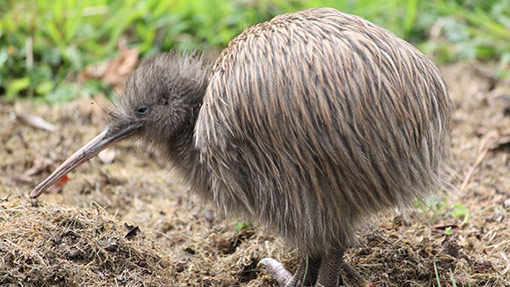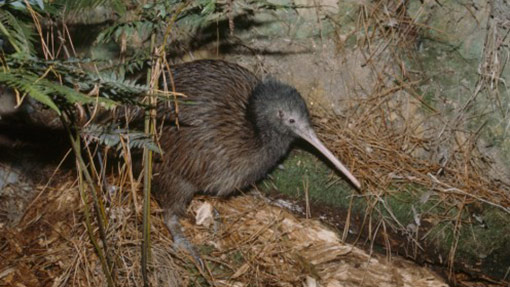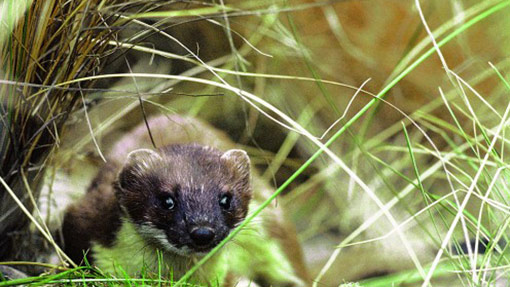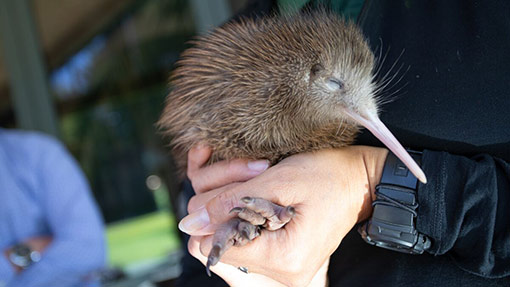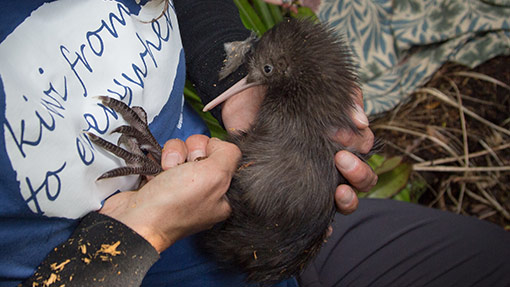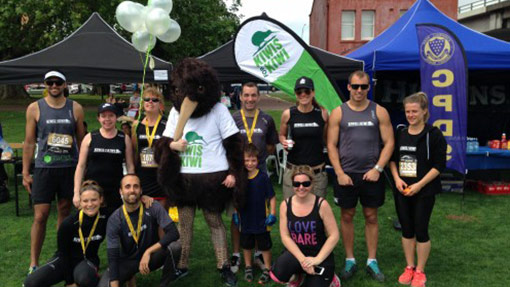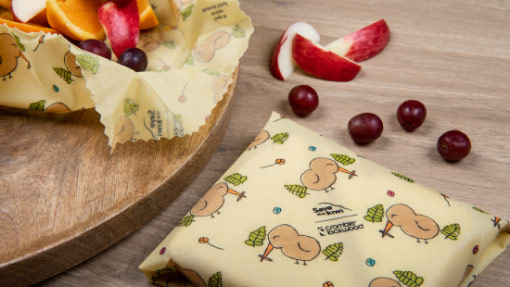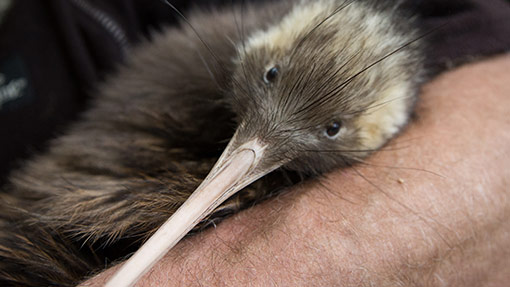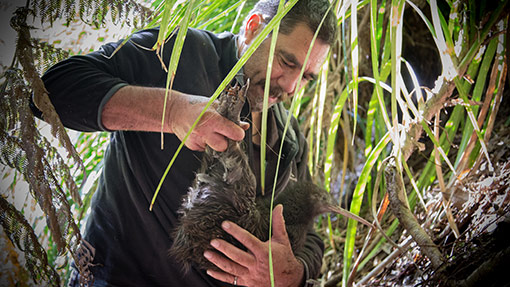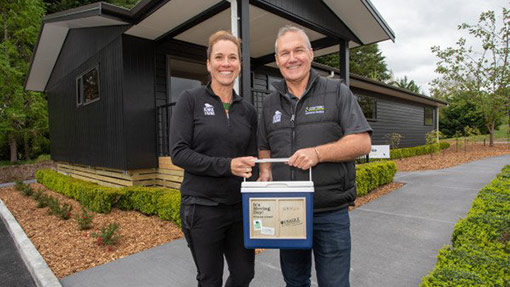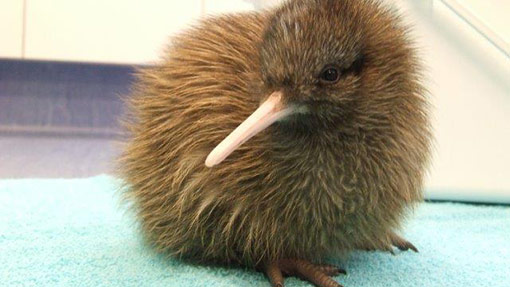Know before you go
Kiwi and other native wildlife live on islands in the Hauraki Gulf. Before you head out on the water, take time to learn where you can and can’t take your dog ashore. View interactive mapKiwi live on many islands in the Hauraki Gulf
Many of the islands in the Hauraki Gulf and some onshore areas are sanctuaries for kiwi and other protected native wildlife.
Every summer, boaties and their dogs head out on the water to enjoy the beautiful Waitematā Harbour. But every summer, there are reports of dogs wandering the beaches of islands and onshore areas where kiwi live, and where dogs are restricted from being.
When you’re out on the water with your dog, understand where you can go before you leave so you – and your dog – don’t get caught out.
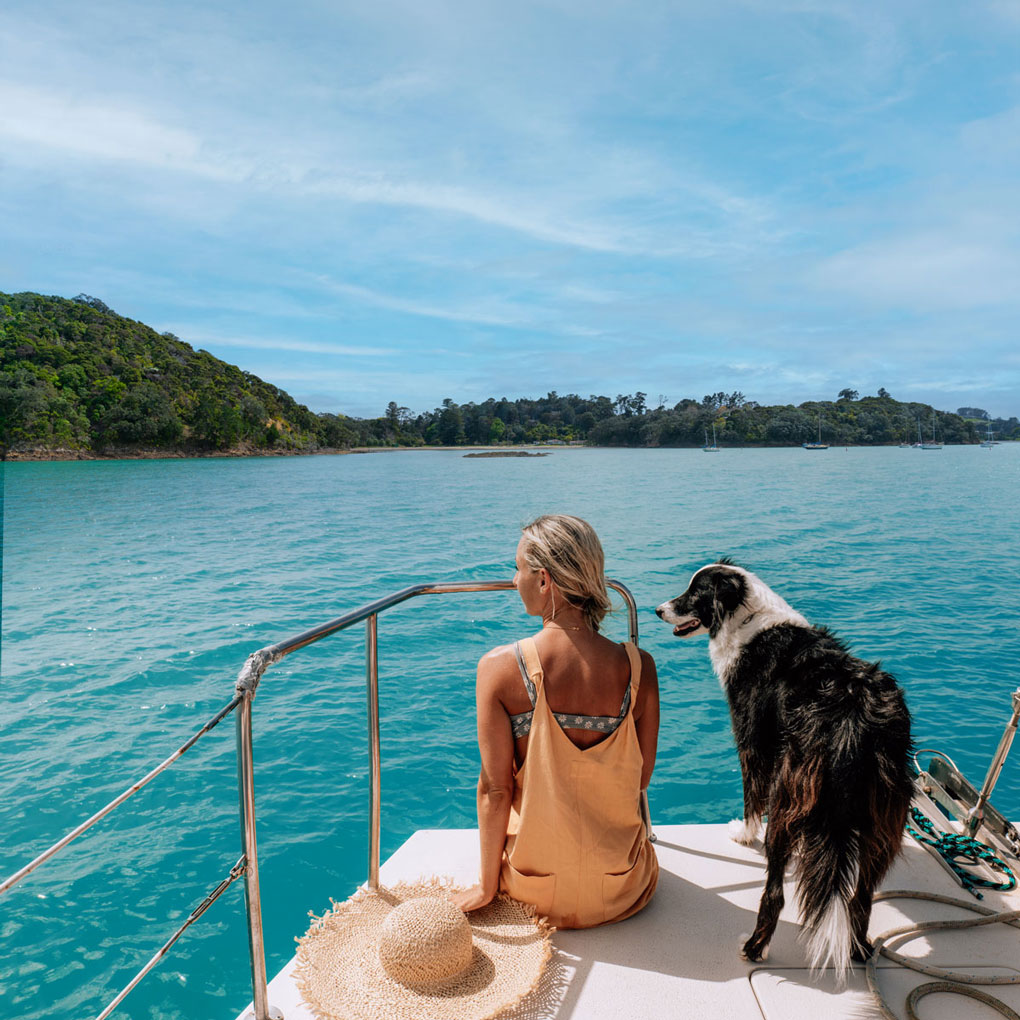
Why can’t I take my dog to some places in the Hauraki Gulf?
Many islands in the Hauraki Gulf have restrictions on dogs to protect the native wildlife that live there.
Dogs are not allowed ashore on any DOC-managed islands in the Hauraki Gulf, or in many DOC reserves on other islands. Strict rules about dog access on public conservation land are in place to protect vulnerable wildlife. Disturbing wildlife on DOC islands is an offence under the Wildlife Act and Conservation Act.
Anyone caught bringing dogs to prohibited areas may be issued with an infringement fine of up to $10,000 or prosecuted and can face up to 12 months in prison.
If unsure about areas you can take dogs, check with your nearest DOC office or click on the link below.
Dog restricted islands
Some islands in the Hauraki Gulf are home to kiwi and other protected native wildlife. Other islands might not be home to kiwi, but they still have dog restrictions due to other wildlife that call that island home.
Find out where you can and can’t take your dog in the Hauraki Gulf using our live and interactive Google map.
Dogs are not allowed on the following islands:
- DOC-managed land on Aotea/Great Barrier Island
- Mokohinau (including Burgess)
- Rakitu (Arid)
- Te Hauturu-o-Toi (Little Barrier Island)
- Te Hawere-a-Maki (Goat Island)
- DOC-managed reserves on Kawau
- Beehive
- Moturekareka
- Motutara
- Kohatutara
- Te Hapua/Saddle Island
- Motuora
- Tiritiri Matangi
- Rangitoto
- Motutapu
- Motuihe
- Rotoroa
- Rakino
- The Noises
- Ponui
- Pakihi
- Pakatoa
- Motukorea/Browns Island
Some onshore areas that are home to kiwi are also off-limits to dog, including:
- Shakespear Regional Park
- Tāwharanui Regional Park
Where dogs are allowed, like some islands in the Hauraki Gulf and some parts of the Coromandel Peninsula, always keep them under control and know where they are at all times. If in doubt, keep your dog away.
Where can I take my dog?
Some islands in the Hauraki Gulf have limited areas where you can take your dog ashore for exercise and toileting. Do your research before heading out, so you – and your dog – aren’t caught out.
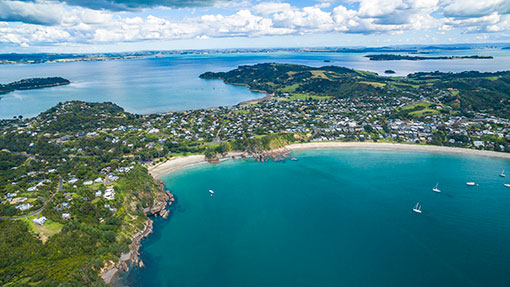
Waiheke Island
Dogs are allowed on many Waiheke beaches but with additional restrictions on timing over busy summer months. There are several designated dog walking sites on Auckland Council parks and reserves; check the bylaws at any reserve or beach area on Waiheke. For dog restrictions on Waiheke walking tracks, click below to check out the Te Ara Hura Walk Waiheke Network.
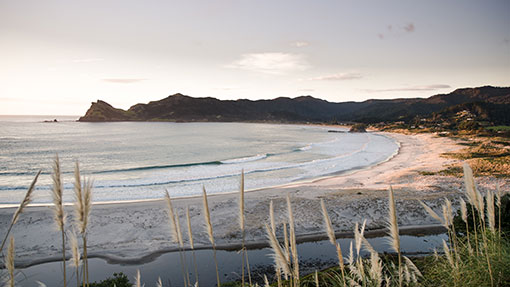
Aotea/Great Barrier Island
Dogs are prohibited on all DOC public conservation land. There are no beaches in the Port Fitzroy Harbour to exercise dogs. There are several dog-friendly exercise areas around the island here.
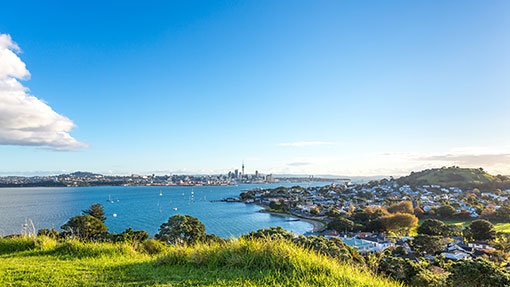
Other areas around Auckland
Auckland Council has designated many parks and other areas around Tāmaki Makaurau where dogs are allowed.
It’s not just kiwi that are at risk
Beaches and coastal areas on islands support ground-nesting shorebirds and seabirds like tōrea/variable oystercatcher and dotterel which are vulnerable to disturbance and predation by dogs. Dogs can easily disturb them which could cause eggs to ‘cook’ in the sun or be abandoned, giving harrier hawks and other predators opportunities to snatch eggs and chicks.
Kauri dieback disease is absent from many of the Hauraki Gulf islands too. Furry friends visiting areas where disease is present can move soil around in their coat or paws, inadvertently spreading disease from place to place. Pest plant weeds and seeds can also transfer in the same way.
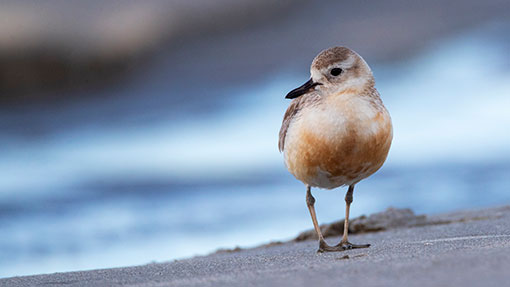
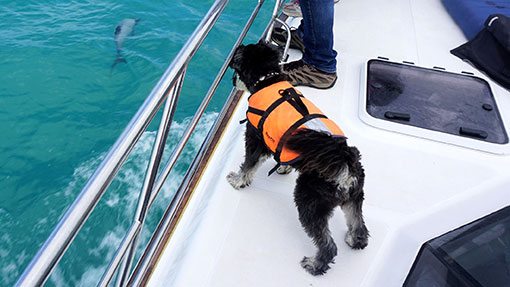
How to enjoy the water responsibly
The Hauraki Gulf can be enjoyed by all any time of the year. Here are a few tips about how to make sure we can all enjoy it – kiwi and other native wildlife included.
- Leave dogs at home. They need space, access to exercise, food and water. Many gulf islands are dog-free, which means dogs are not allowed on these islands.
- Mobility and seeing eye dogs are generally exempt from dog control rules, but must be kept on a leash at all times.
- Where dogs are allowed, always pick up after your dog and dispose of their droppings in bins. If there are no bins, take all waste with you until you can dispose of it responsibly.
- Off-leash areas are shared spaces so please respect other users. Not everyone is fond of dogs.
- Where dogs are allowed, always keep them under control and know where they are at all times.
- If you see a dog on a dog-restricted island (or even feral cat or other introduced predator), please phone 0800 DOC HOT (0800 362 468).
